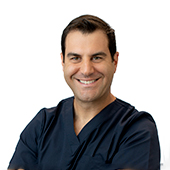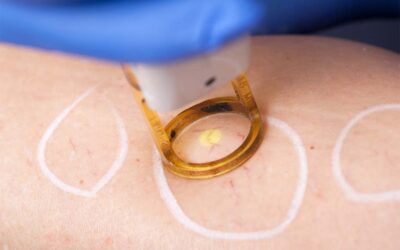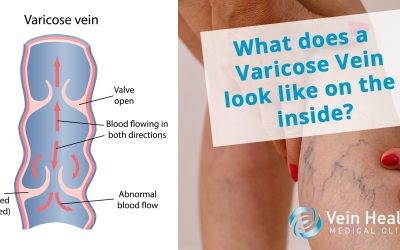In the intricate network of our body’s circulatory system, veins play a pivotal role in returning deoxygenated blood back to the heart. Among these vital pathways, superficial veins hold a unique position—lying just beneath the surface of the skin, they are more than just an aesthetic concern.
Let’s delve into the world of superficial veins, understanding their function, potential health implications, and the importance of maintaining their health.
Understanding Superficial Veins
Superficial veins are those located close to the skin’s surface, unlike the veins which are found deeper within the body and are surrounded by muscle. Primarily, superficial veins are responsible for draining blood from the skin and outer extremities, funnelling it into the body’s deeper venous system. They are also responsible for heating and cooling the surface of the skin, regulating the body’s temperature.
Unlike the deeper veins that exist below the muscles, the purpose of superficial veins is not to manage the flow of blood to the heart. So if these veins become “incompetant” (affected by venous reflux) they can be safely removed and the body does not miss them.
The most well-known superficial veins include the great saphenous vein, which runs along the length of the leg, and the small saphenous vein, located at the back of the leg. While these pathways play a crucial role in our circulatory system, they are also the most common sites for varicose veins and spider veins to develop.
Why Superficial Vein Health Matters
The health of your superficial veins is more than skin deep. Issues with these veins can lead to discomfort, swelling, and the visible appearance of varicose or spider veins, which can affect your confidence and quality of life. More significantly, unhealthy superficial veins can sometimes lead to more serious conditions, such as venous insufficiency or deep vein thrombosis (DVT), if left untreated.
Recognising the Signs
Symptoms that may indicate an issue with superficial veins include:
- Visible varicose or spider veins
- Aching or throbbing in the legs
- Swelling, particularly in the ankles and feet
- Itchy or burning sensation around the veins
- Skin discoloration or texture changes
If you experience any of these symptoms, it’s essential to consult a qualified vein specialist (phlebologist) who can assess your vein health and recommend the appropriate treatment or lifestyle changes.
Preventative Measures and Treatments
Maintaining superficial vein health involves both preventative measures and, if necessary, medical treatments. Here are some tips to keep your veins healthy:
- Stay Active: Regular exercise, especially walking or cycling, can improve circulation and vein health.
- Mind Your Posture: Avoid standing or sitting for extended periods. Take breaks to stretch or walk around.
- Elevate Your Legs: When resting, elevate your legs to encourage blood flow back to the heart.
- Maintain a Healthy Weight: Excess weight can put additional pressure on your veins, exacerbating potential issues.
For those already experiencing superficial vein issues, treatments ranging from lifestyle changes and compression therapy to minimally invasive procedures like sclerotherapy or laser therapy can offer relief and improve the appearance of affected veins.
Embracing Vein Health
Understanding and caring for your superficial veins is an integral part of your overall health and well-being. By recognising the signs of vein issues early and taking proactive steps to maintain vein health, you can ensure these critical pathways continue to efficiently serve their purpose in your body’s circulatory system.
At Vein Health Clinic, we’re committed to providing expert care and personalised treatment options to support your vein health journey. Whether you’re seeking preventative advice or treatment for existing vein conditions, our team is here to guide you towards healthier, happier legs.
Remember, taking care of your veins is taking care of you.






